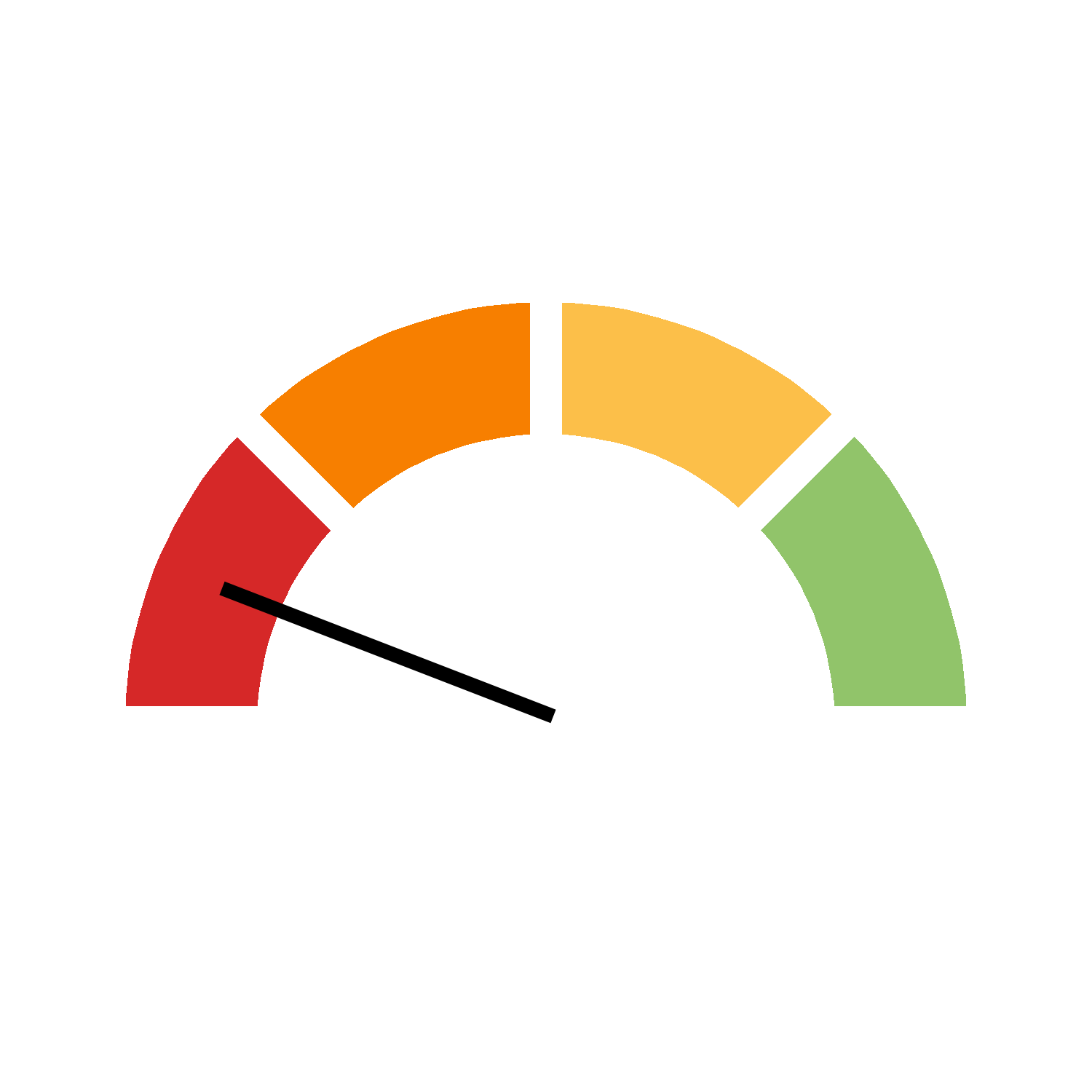The table below contains more information regarding the indicator.
| Indicator name |
Proportion of key fish stocks in the Cautious and Healthy zones |
|---|---|
| Target |
By 2026, at least 55% of Canada’s key fish stocks are in the Cautious and Healthy zones |
| Indicator description |
This indicator reports on the status (Healthy, Cautious, Critical or Uncertain) of key Canadian fish stocks. Human use of the oceans (including fishing) and environmental conditions affect the abundance and health of fish stocks at national and global levels. In order to maintain fish stocks for future generations, it is important to track their status and adjust management measures (such as harvest rates and limits). Environment and Climate Change Canada (ECCC) |
| Geographical coverage |
Canada |
| Unit of measurement |
Percentage or number of stocks |
| Calculations |
Federal scientists use a variety of scientific methods to assess fish stock levels and assign them a stock status zone (Healthy, Cautious or Critical) by comparing the size of the stocks to reference points. If there is insufficient information to determine the stock status zone, the status is uncertain. (ECCC) |
| Comments and limitations |
The indicator includes key stocks of fish, invertebrates, and marine mammals. Seaweeds and other aquatic plants are excluded. Stock status assessments are not conducted annually for every stock, therefore, recent changes in stock status may not be captured. Changes in the set of surveyed stocks occur due to changes in the way stocks are assessed or managed. Results should be interpreted with this in mind. (ECCC) |
